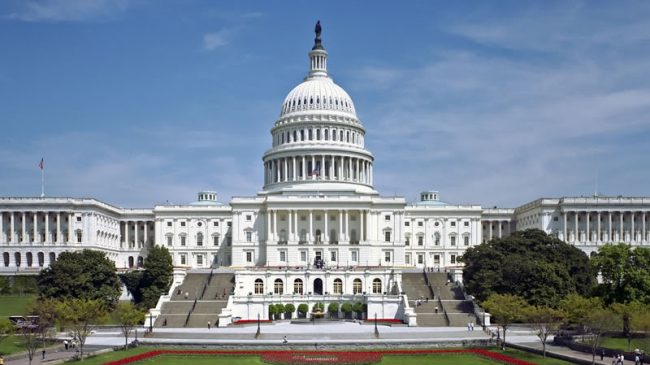This week we’re reading a lot about air travel delays blamed on the budget sequester and furloughed air traffic controllers. As part of the cuts, the Federal Aviation Administration also plans to shut down 149 small air traffic control towers in June – seven in Southern California, including towers in Fullerton and Riverside.
Even if a federal court allows the currently stalled tower closures to happen, the five-month shutdown is projected to save only $25 million out of the Federal Aviation Administration’s $15 billion annual budget. That’s pocket change compared with larger savings that could come about if the FAA rationalized its 700-odd air traffic facilities
The big money is in the larger facilities-the 20 Centers that manage high-altitude traffic across the country and 187 radar approach control facilities called TRACONs that hand off flights to airport control towers (of which there are 516).
Believe it or not, this huge network still operates with 1960s technology-old-fashioned rotating radar dishes, mainframe computers, voice radio on congested frequencies, and (at most facilities) keyboards with an alphabetical layout rather than standard QWERTY.
This old way of keeping planes safely separated costs a fortune, not only because it is very labor-intensive but also due to all those costly facilities. And with many facilities nearing the end of their useful lives, the FAA must decide very soon whether to rebuild them all or consolidate them into a more efficient configuration.
The large number of facilities dates back to the earliest air traffic control: lighted beacons on hilltops. In the 1920s and 1930s, any air traffic facility had to be located beneath the patch of sky it controlled. By contrast, with today’s technology-GPS, digital communications, process automation, and networked information-sharing-air traffic control can be carried out “anywhere from anywhere.” In principle, all US air traffic could be managed from two huge identical facilities (so that one could back the other up).
In a recent Reason Foundation study, three senior aviation researchers set forth a plan to consolidate 187 Centers and TRACONs into just 51 facilities, of which only five would be high-altitude Centers and 8 would be a new kind of blended-airspace facility in the largest metro areas. The one-time savings from closing down and selling unneeded facilities would be $1.7 billion. And the annual savings from consolidation were estimated to be around $1 billion per year.
The savings would emerge over time as the new “NextGen” technology is phased in, new consolidated facilities are built, and old facilities shut down. But there is no reason why this could not be done-except for politics.
Even though the air traffic system is there to benefit those who fly planes and pay aviation user taxes to support it, that’s not how the FAA operates. The “customer” the FAA has to keep satisfied is Congress, not aircraft operators or travelers. That’s because it is Congress that provides the FAA with its budget. And Congress loves to assert its control-in the name of protecting taxpayers’ money, of course. So congressional committees insert directives, mandates, and deadlines in FAA bills. In the days before earmarks were banned, aviation bills would sometimes direct FAA to purchase specific pieces of equipment, even if the agency had no good use for it.
And when it comes to consolidating facilities, the general rule (with a few exceptions) has been for both Democrats and Republicans to say, “Don’t you dare eliminate an air traffic facility or jobs in my district!”
Consequently, even though airlines and other aircraft operators would benefit from large-scale facility consolidation, this is unlikely to happen due to Congress.
Ironically, America is the last major country with a politicized air traffic system. Everywhere else, from Australia to Canada to Germany to the United Kingdom, air traffic control services have been removed from the national budget and made self-supporting via direct charges to airspace users.
And as they say in Canada, “users-pay means users-say.” All of these countries have consolidated air traffic facilities in recent years, with no interference from politicians. And no such thing as a “sequester” could impose budget cuts on vital air traffic services in those countries.
The sequester has dealt the U.S. aviation community an unexpected blow. It’s not too much to hope that outrage over arbitrary cutbacks in this vital air traffic control service will lead to reform similar to what has occurred in other leading countries.
Robert W. Poole, Jr., is director of transportation studies at Reason Foundation (www. Reason.org). This column first appeared in The Orange County Register.

